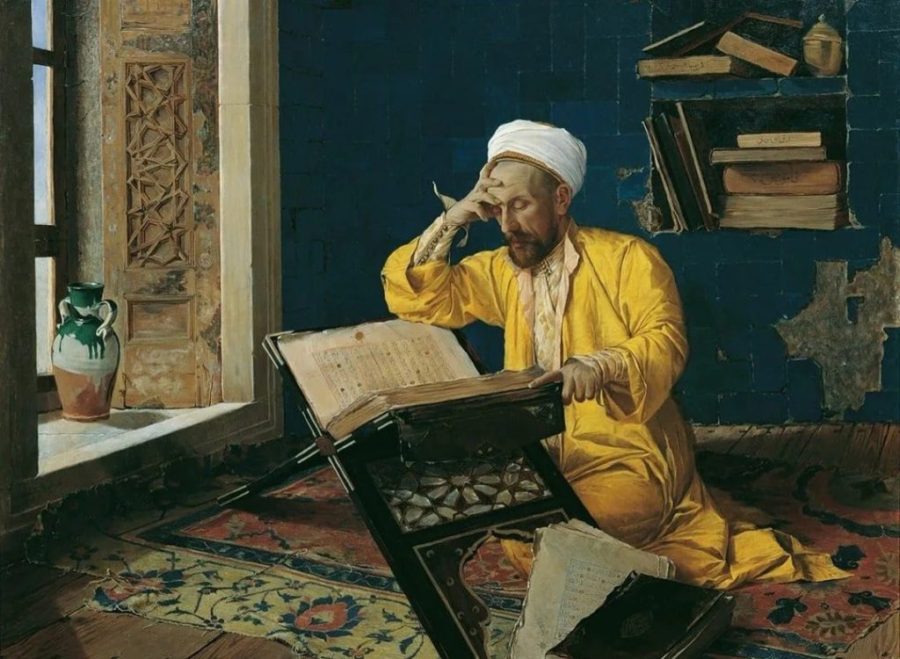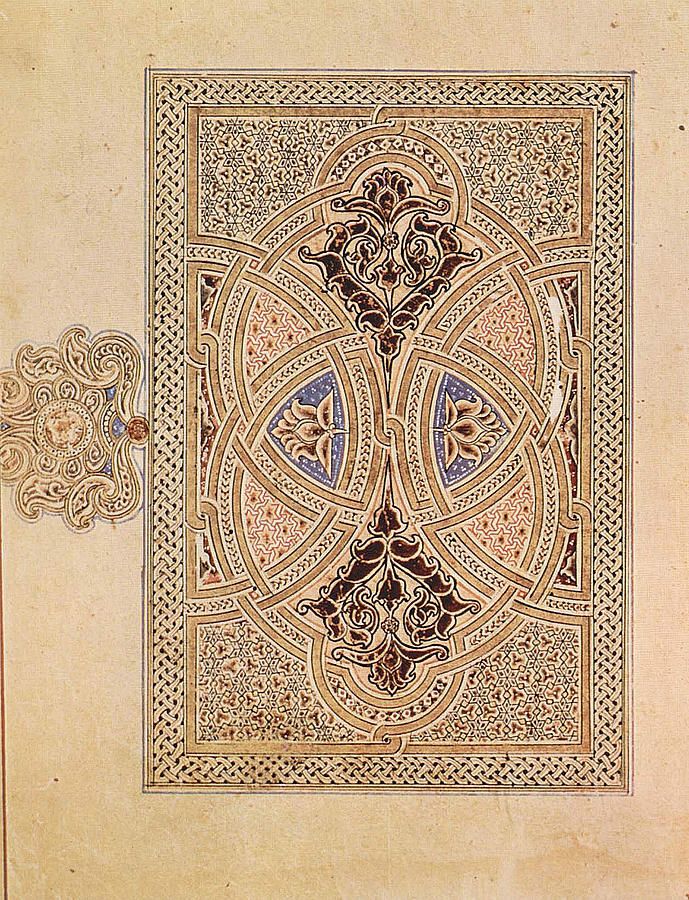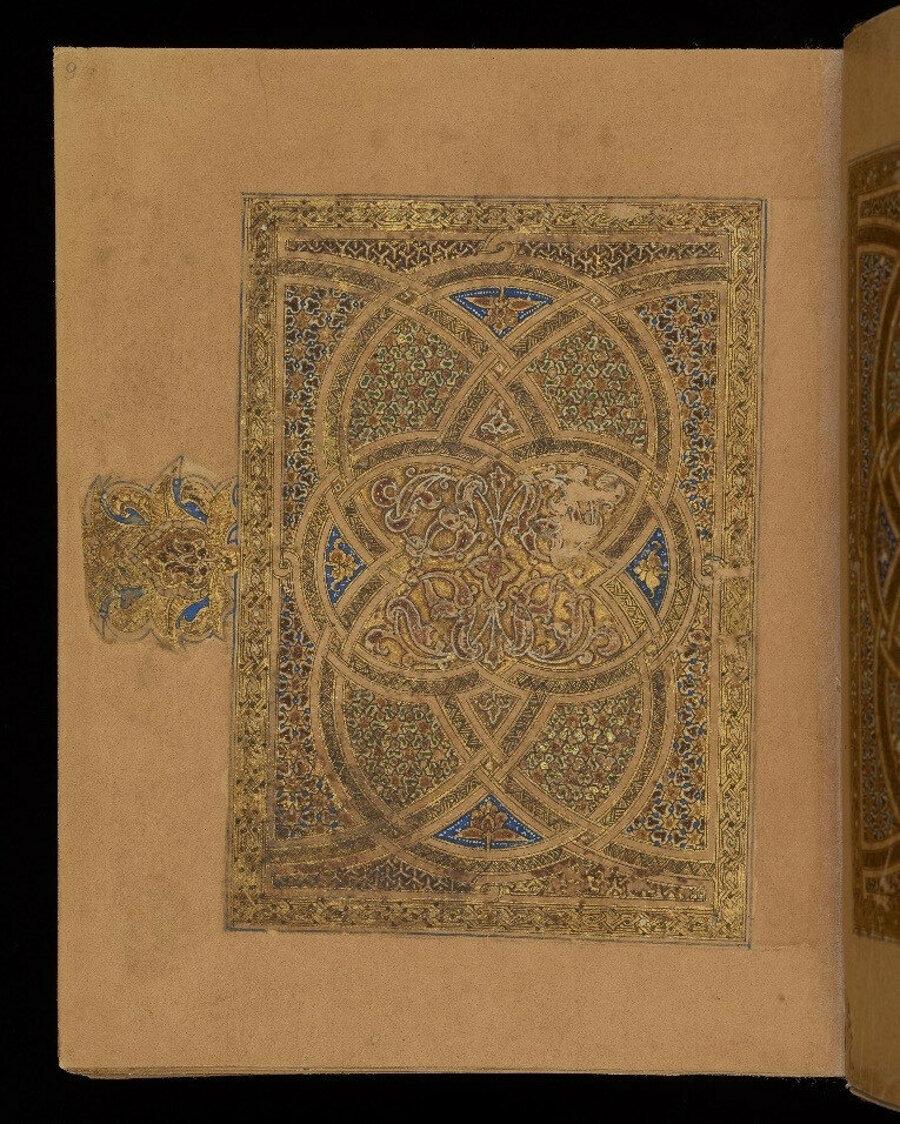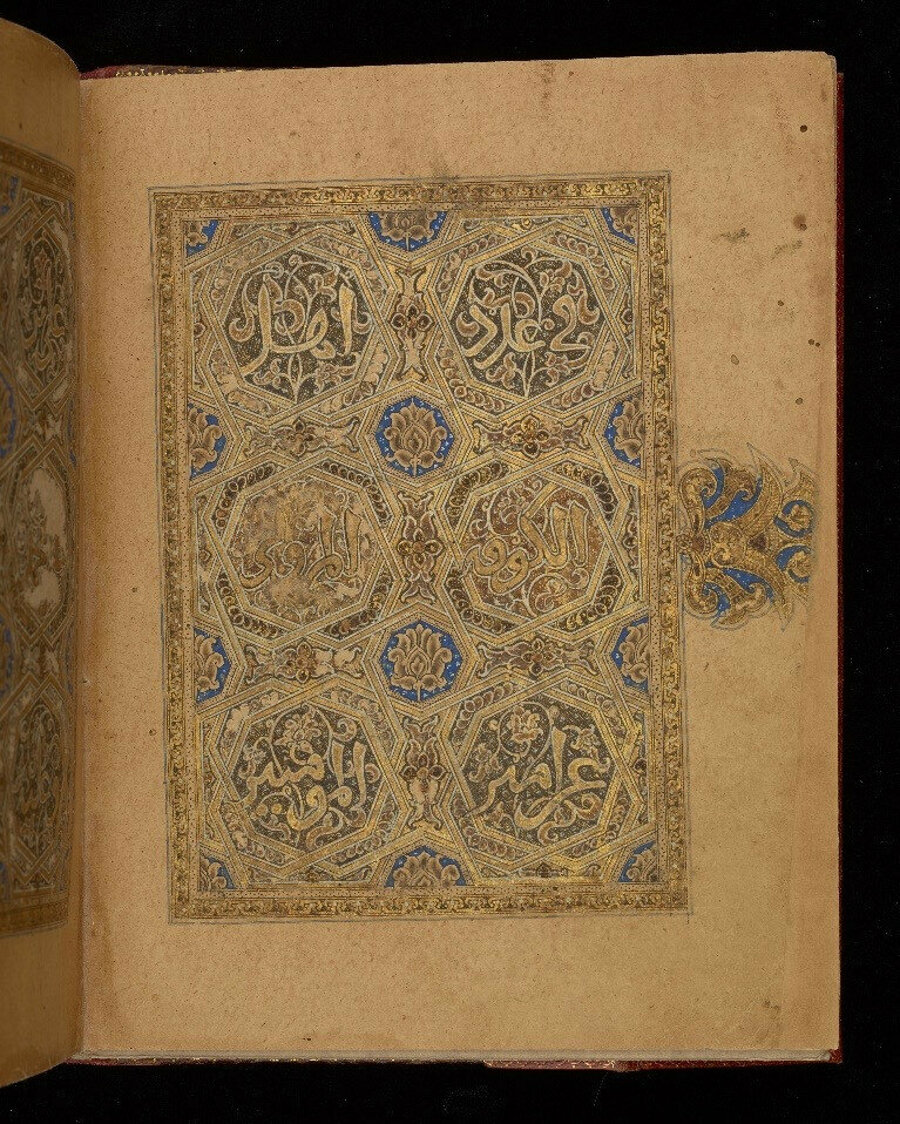
IBN BAWWAB: THE SON OF A DOORKEEPER WHO BECAME A GREAT CALLIGRAPH
Ibn al-Bawwab is considered one of the founders of calligraphic art in the Islamic world, writes Melike Temiz.
It is assumed that Ibn al-Bawwab was born in the second half of the 10th century. in Baghdad. His real name sounds like Ali ibn Hilal ibn Abdulaziz. Since his father served as a gatekeeper in the Buyid palace (932-1062), he became known by the nickname Ibn Bawwab, which translates as “the gatekeeper’s son.”
Although he became famous as a calligrapher, Ibn Bawwab was also engaged in such types of creativity as inlay, illustrations, binding, tazhib (gilding). In addition, possessing an excellent handwriting, he began to rewrite books and devoted all his efforts to this field.
Ibn Bawwab is the founder of the “six handwriting” system of aklam al-sitta, i.e. traditional Arabic handwriting, which have spread in the Muslim world. In the early centuries of Islamic history, Arabic was written in Kufi handwriting. Although the first calligrapher to move away from him was Ibn Mukla, Ibn Bawwab was the first to rid the Arabic script of the angularity and give the letters a more rounded shape. Thus, he is considered the greatest master of calligraphy since Ibn Mukla.

Cover of the Quran decorated by Ibn al-Bawwab / Source: pinterest.com
Ibn al-Bawwab was a close friend of the Buyid vizier Muhammad ibn Khalaf, thanks to which he received the post of head of the Buyid library in Shiraz.
During his life, Ibn al-Bawwab rewrote 64 mushafs (copies of the Koran). Of these, only two have survived to this day. One of them, dated to 391 AH, is kept in the Chester Beatty Library in Dublin, and the second, dated to 401 AH, is in the Museum of Turkish and Islamic Art in Istanbul.
Peru Ibn al-Bawwaba owns “Qasida-i raiyya”, dedicated to calligraphy. It is considered the earliest surviving work of this kind. The master in qasida explains the intricacies of calligraphy lessons:
O one who wants his letter to be beautiful!
If you have firmly decided to do this, then turn to the Lord to make this easier for you and ask Him for help.
Prepare hard and good kalamas to write beautifully.
The kalam you choose should be neither long nor short, nor thick or thin. Let it be medium in length and medium in thickness.

Mushaf Ibn al-Bawwab from the Chester Beatty Library / Source: gzt.com
…
When you first start writing, do not be embarrassed that it does not work out beautifully.
This is a tricky business. But it gets easier over time, because every difficulty is followed by relief.
…
Try to write beautiful and good things that will make people remember you with a kind word in this world.
Chasing the blessings of this world, do not write what Allah Almighty does not love.
Indeed, tomorrow, when on the Day of Judgment, a person will be handed his Book of Acts, each soul will receive a reward for what it has done.
Ibn al-Bawwab spent most of his life in Baghdad, for some time he was a preacher in the Mansur mosque. He died in 1022 and was buried in the Bab al-Harb cemetery next to the tomb of Ahmad ibn Hanbal.
As was the case with many other masters, Ibn al-Bawwab’s contribution to the art of calligraphy was appreciated in a later period, and he gained wide fame after his death. They say that the inscription he created of seventy lines during his lifetime was worth two dinars, and after his death it was sold for 17 or even 25 dinars.
Ibn al-Bawwab’s writing style was developed after him by many generations of calligraphers up to Yakut al-Mustasimi. His school of calligraphy lasted until the Mongol conquest of Baghdad.

Page from Mushaf Ibn al-Bawwab / Source: gzt.com

Page from Mushaf Ibn al-Bawwab / Source: gzt.com
Islamosphere
SOURCE: http://islamosfera.ru/ibn-bavvab-syn-privratnika-kotoryj-stal-velikim-kalligrafom/

